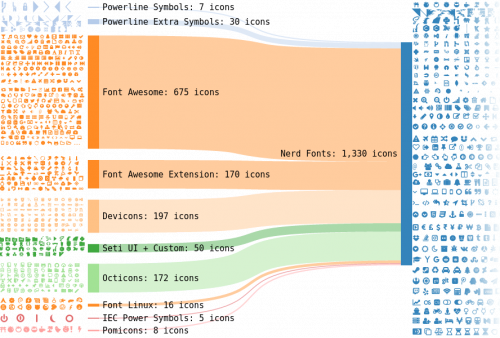It’s been a while since I posted anything about Docker. That’s mostly because I still don’t really use it for anything – playing around locally, testing and learning doesn’t count yet.
But just to keep the ball rolling, here are a couple of handy links for the ideas on how to improve your Docker images, so that Docker uses much less space, benefits more from caching, and brings up the containers faster:
Both articles are around the same theme – choose your base image carefully, try to minimize the layers, use only what you need, and don’t forget to clean up the disk space with “docker system prune“.
